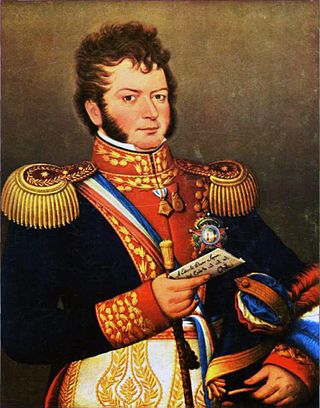
Bernardo O'Higgins Riquelme was a Chilean independence leader who freed Chile from Spanish rule in the Chilean War of Independence. He was a wealthy landowner of Basque-Spanish and Irish ancestry. Although he was the second Supreme Director of Chile (1817–1823), he is considered one of Chile's founding fathers, as he was the first holder of this title to head a fully independent Chilean state.

Curicó is a city located in Chile's central valley and serves as the capital of the Curicó Province, which is part of the Maule Region. Positioned between the provinces of Colchagua and Talca, the region stretches from the Pacific Ocean to the border with Argentina.

Colombian literature, as an expression of the culture of Colombia, is heterogeneous due to the coexistence of Spanish, African and Native American heritages in an extremely diverse geography. Five distinct historical and cultural traditions can be identified, with their own socioeconomic history: the Caribbean coast, Greater Antioquia, the Cundinamarca-Boyacá Highlands, Greater Tolima and the Western Valley. Colombia produced one of the richest literatures of Latin America, as much for its abundance as for its variety and innovation during the 19th and 20th centuries. Colombian intellectuals who forged the literature of this period also contributed decisively to the consolidation of Latin American literature.

Gaspar de Santa Coloma y Sollano was a Spanish merchant who played a significant role in the economic and cultural development of colonial Argentina.
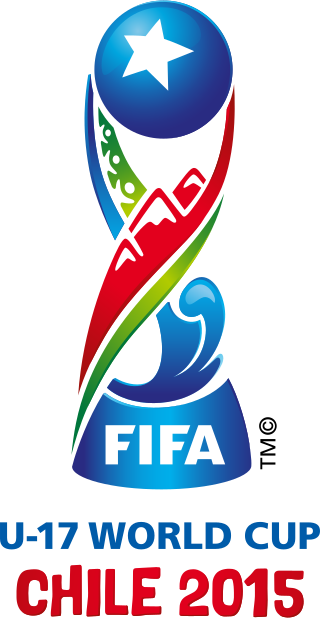
The 2015 FIFA U-17 World Cup was the sixteenth tournament of the FIFA U-17 World Cup, held in Chile from 17 October to 8 November 2015.

José María Vergara y Vergara was a Colombian writer, journalist, politician, historian and diplomat. Vergara y Vergara is known for writing the first literary history of Colombia, a detailed chronological compilation of authors, works, and literary movements between 1538 and 1820. Vergara founded and directed the Colombian Academy of Language alongside Manuel Antonio Caro, and Jose Cuervo. Considered the most prestigious and significant colombian author of the 19th century
Pedro Nolasco Cruz Vergara was a Chilean literary critic, novelist, writer, and politician.

Pedro Nolasco Vergara Albano also known as Pedro Nolasco Martínez de Vergara Albano was a Chilean deputy, governor and farmer.
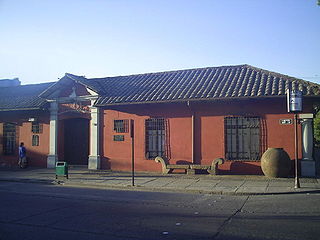
Juan Albano Pereira Márquez was a Portuguese merchant and the godfather and tutor of Bernardo O'Higgins. He is the ancestor of one of the most important Chilean colonial families.

The San Agustín de Talca Foundation was on May 12, 1742, who ordered its foundation was the Royal Governor of Chile, José Antonio Manso de Velasco and later named City of Talca on June 6, 1796, a real identity document of Carlos IV of Spain, the Royal Governor of Chile, Ambrosio O'Higgins and the Corregidor of Talca, Vicente de la Cruz y Bahamonde.

The Battle of Pampa Germania was a cavalry battle of the Tarapacá campaign of the War of the Pacific that took place on November 6, 1879. In this battle, the Chilean cavalry led by Lieutenant Colonel José Francisco Vergara and Sofanor Parra ambush and massacre the allied cavalry commanded by Peruvian Lieutenant Colonel José Buenaventura Sepúlveda who was in the rear of the allied army, which had already undertaken their march to Dolores, in the Pampa Germania sector, near Agua Santa.
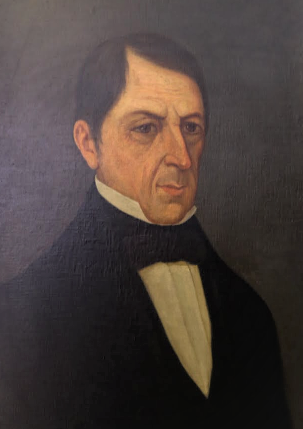
Estanislao Vergara y Sanz de Santamaría was a Colombian lawyer, politician, and statesman. He served as the 3rd president of Colombia during the absence of Simón Bolívar from December 28, 1828, to January 15, 1830. He held various ministerial positions, including Minister of Foreign Affairs, Internal Affairs, Justice, and High Court.
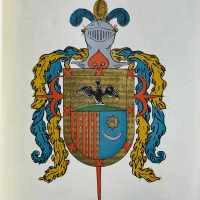
Antonio de Vergara Azcárate y Dávila (1612–1690) was a Spanish royal colonial treasurer and knight, accountant of the Tribunal de Cuentas, colonial governor of Cartagena de Indias, Mérida and Maracaibo, mayor of Santa Fe Bogotá in the New Kingdom of Granada, and chief bailiff of the Holy Office of the Inquisition. Vergara was one of the Spaniards of position and wealth who began to settle in the American colonies at the beginning of the 17th century.

Luis de Ayala y Vergara was a criollo lawyer, politician from the capital of the Viceroyalty of the New Granada. During the South American independence he exercised the executive power as State Councilor of the Free and Independent State of Cundinamarca in 1812, due to the absence of President Antonio Nariño. Ayala y Vergara is considered one of the first heads of state of the young Colombia.
José de Ayala y Vergara was a Neogranadine martyr of the independence, lawyer, lieutenant colonel and commander of different patriot insurgent battalions who fought against the Spanish rule in the Viceroyalty of New Granada. In 1812 Ayala y Vergara signed the act of Sogamoso, obeying the government of Tunja disavowing the Government of Cundinamarca. Four years later he was killed by order of Pablo Morillo while the country's first civil war was being fought.
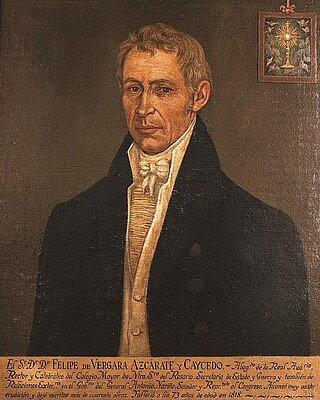
Felipe de Vergara Azcárate y Caycedo (1745-1818) was a Colombian lawyer, professor, rector, Senator and Congressional Representative who held the presidency of Colombia from November 26, 1812, to December 14, 1812, also Lieutenant Governor of Cartagena de Indias and Prosecutor of the same, Royal Accountant of the treasury of Panamá, served as Secretary of State, War and Foreign Relations. He was principal member of the Government Junta appointed by General Antonio Nariño to govern Cundinamarca in his absence. Felipe was considered one of the best patriots who have distinguished themselves in all their vows and personal services.

The first family of Colombia is the family of the president of Colombia, who is both head of state and head of government of Colombia. It is an unofficial title for the family of a republic's head of state. Members of the first family consist of the president, the First Lady of Colombia, and any of their children. However, other close relatives of the president and first spouse, such as parents, grandchildren, stepchildren, and in-laws, may be classified as members of the first family for context purposes. The first family of Colombia live in the presidential residence Casa de Nariño in Bogotá, Colombia.

Cristóbal de Vergara Azcárate y Caycedo (1766-1831) was a Colombian lawyer, professor, accountant and politician who graduated from Del Rosario University in Bogotá. Vergara served as Minister of Finance, governor of Cundinamarca, Cauca (1825) and Boyacá, designated by President Francisco de Paula Santander. He also was the administrator of the sea salt mines of Zipaquirá during the presidency of Simón Bolívar. Between 1795 and 1804, Vergara worked as the Accountant of the Royal Accounts and administered the prominent monopoly of Aguardiente.



























